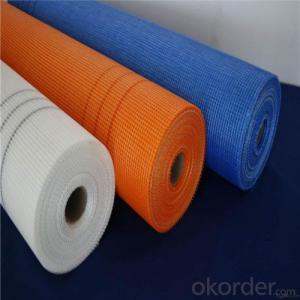Fiberglass rolls are a popular choice for boat building and repair due to their versatility, durability, and affordability. In this article, we will explore the benefits of using marine-grade fiberglass rolls, how to choose the right type for your project, and some tips for working with this material.
The Benefits of Marine-Grade Fiberglass Rolls
Fiberglass rolls are made from woven glass fibers that are bonded together with a resin. Marine-grade fiberglass is specifically designed to withstand the harsh conditions of the marine environment, including exposure to saltwater, sunlight, and temperature fluctuations. Here are some of the key benefits of using marine-grade fiberglass rolls for boats:
1. Durability: Marine-grade fiberglass is incredibly strong and resistant to corrosion, making it ideal for long-lasting repairs and construction.
2. Water Resistance: Unlike wood or metal, fiberglass does not absorb water, which helps maintain the structural integrity of the boat.
3. UV Resistance: The resin used in marine-grade fiberglass is formulated to protect against the damaging effects of ultraviolet light, ensuring the material remains strong and flexible.
4. Cost-Effectiveness: Fiberglass rolls are a cost-effective option compared to other materials, allowing boat owners to save on maintenance and repair costs over time.
5. Customizability: Fiberglass can be easily cut, shaped, and molded to fit the unique needs of any boat project.
Choosing the Right Marine-Grade Fiberglass Roll
When selecting a marine-grade fiberglass roll for your boat, consider the following factors:
1. Thickness: The thickness of the roll will determine its strength and suitability for your project. Thicker rolls are more robust but may be more difficult to work with.
2. Width: The width of the roll should match the dimensions of your boat or the area you are repairing.
3. Finish: Some rolls come with a gel coat finish, which provides a smooth, glossy appearance and additional protection against the elements.
4. Core Type: There are different core types available, such as foam, balsa, or end-grain balsa, each with its own advantages and ideal applications.
Working with Marine-Grade Fiberglass Rolls
Working with marine-grade fiberglass rolls can be a rewarding experience, but it does require some skill and knowledge. Here are some tips to help you get the best results:
1. Safety First: Always wear appropriate safety gear, including gloves, goggles, and a dust mask, when working with fiberglass.
2. Cutting: Use a sharp utility knife or a fiberglass cutting tool to cut the rolls to the desired size. Be sure to cut away from yourself to avoid injury.
3. Application: Apply the fiberglass roll with a roller or brush, ensuring that it is evenly distributed and free of air bubbles.
4. Resin Mixing: Mix the resin according to the manufacturer’s instructions, and apply it to the area before placing the fiberglass roll.
5. Curing: Allow the resin to cure according to the recommended time, which can vary depending on the product and environmental conditions.
6. Finishing: Once the resin has cured, you can sand and finish the surface to achieve a smooth, professional-looking result.
Marine-Grade Fiberglass Rolls in Action
Marine-grade fiberglass rolls are used in a variety of applications, from repairing small cracks and holes to constructing entire boat hulls. Here are some examples of how this material can be used in practice:
1. Repairing Damage: Fiberglass rolls are perfect for repairing damage caused by impacts, corrosion, or general wear and tear.
2. Constructing Hulls: For new boat builds, fiberglass rolls can be layered to create a strong and lightweight hull.
3. Customization: Boat owners can use fiberglass rolls to create custom features, such as non-slip surfaces or unique designs.
4. Reinforcement: Fiberglass rolls can be used to reinforce weak areas of the boat, such as the hull or deck, to prevent future damage.
The Future of Marine-Grade Fiberglass Rolls
As boat building and repair techniques continue to evolve, marine-grade fiberglass rolls are likely to remain a popular choice due to their versatility and durability. Manufacturers are constantly improving the materials and processes used to create these rolls, ensuring that they meet the needs of boat owners and builders alike.
In conclusion, marine-grade fiberglass rolls offer a range of benefits for boat owners and builders, from their durability and water resistance to their cost-effectiveness and customizability. By choosing the right type of roll and following proper application techniques, you can achieve excellent results that will enhance the performance and longevity of your boat.

